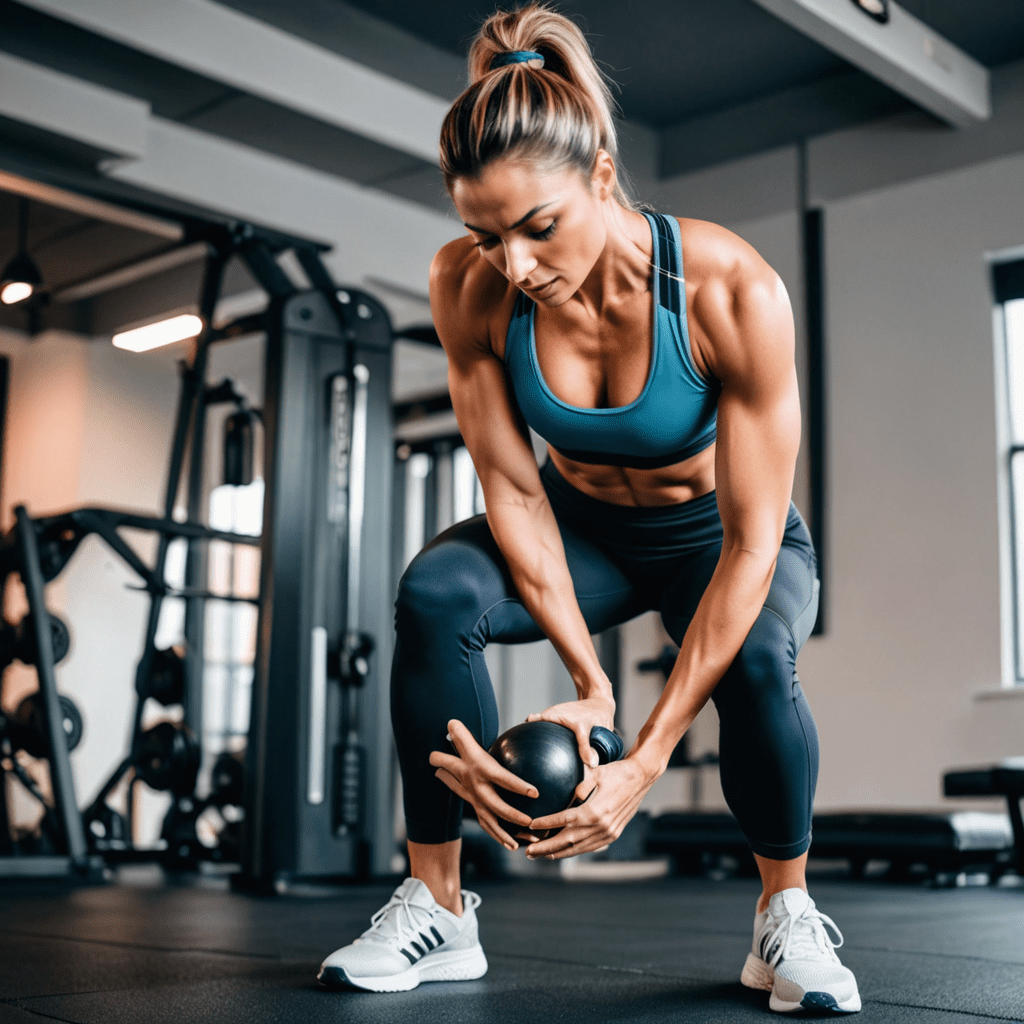
Muscle Building and Active Recovery: Keeping Your Body Moving
Introduction
Welcome to our blog post on the importance of muscle building and active recovery. In this article, we will delve into how these two components are crucial for maintaining a healthy, strong body.
The Role of Muscle Building
Muscle building, also known as strength training or resistance training, involves exercises that aim to increase muscle mass, strength, and endurance. Engaging in regular muscle-building activities not only helps you sculpt a toned physique but also boosts your metabolism and enhances overall physical performance.
Benefits of Muscle Building
1. Increased muscle mass
2. Enhanced metabolism
3. Improved strength and endurance
4. Better posture and joint stability
5. Decreased risk of injury
The Importance of Active Recovery
Active recovery involves performing low-intensity exercises or activities to promote healing and restoration in the body. It helps reduce muscle soreness, improve flexibility, and enhance circulation, allowing your muscles to recover faster after intense workouts.
Tips for Effective Active Recovery
1. Engage in light cardio activities like walking or cycling
2. Incorporate stretching exercises to improve flexibility
3. Practice yoga or Pilates for relaxation and muscle recovery
4. Stay hydrated and maintain a balanced diet rich in nutrients
5. Get sufficient rest to allow your body to recuperate
Combining Muscle Building and Active Recovery
To optimize your fitness journey, it’s essential to strike a balance between muscle-building workouts and active recovery sessions. By alternating between challenging exercises and restorative activities, you can achieve sustainable muscle growth, prevent burnout, and minimize the risk of overtraining.
Conclusion
Incorporating muscle building and active recovery into your fitness routine is key to maintaining a strong, resilient body. Remember to listen to your body, prioritize rest, and adopt a holistic approach to fitness that encompasses both intense training and rejuvenating recovery practices.
FAQs about Muscle Building and Active Recovery
What is muscle building?
Muscle building, also known as resistance training or strength training, involves exercises that help increase muscle mass, strength, and endurance. This process typically involves lifting weights, using resistance bands, or bodyweight exercises to stimulate muscle growth.
What is active recovery?
Active recovery refers to engaging in low-intensity exercises or activities to help the body recover from intense workouts. It involves promoting blood flow to muscles, reducing muscle soreness, and improving overall mobility without causing additional strain on the body.
How does keeping your body moving benefit muscle building?
Keeping your body moving through activities like walking, yoga, or light stretching can aid in muscle recovery by promoting blood circulation, reducing stiffness, and enhancing flexibility. This helps prevent muscle imbalances, promotes better alignment, and supports overall muscle health during the muscle-building process.


